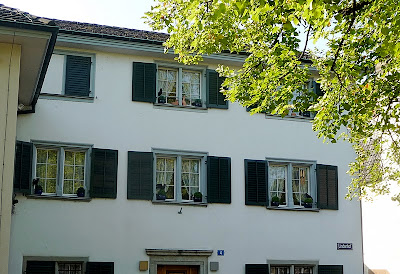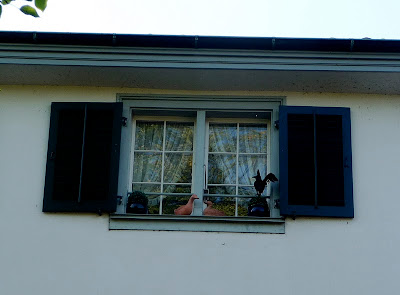The current craze for Unionists to belittle Scotland and tell downright lies continues unabated. A recent entry into the fray was newly elected Tory MSP Ruth Davidson. She offered us a piece in the Better Nation weblog entitled - Why I’m proud to be Scottish and British. From her initial paragraph it looked like we were to at long last to get some kind of positive case for the Union. Alas this was not to be.
The give-away came later on when she wrote: “I believe Scotland is better off as part of the United Kingdom.” Now this is not a case for anything, merely as she herself states, her belief. Well, some people continue to believe that the Earth is flat. I was hoping for something in the way of evidence to support her belief, but none came. The most that came was this anodyne, “We are part of one of the worlds largest economies.” But what difference, pray Ms Davidson, did this actually make when the financial crisis came? It certainly didn’t stop the crisis from coming. And despite all the claims from the Coalition to the contrary, the UK economy is still in a deep, deep mess.
She continues with this gem, “We have more influence over our future, as well as other parts of the world. Scots influence the direction of a great nation. That is something we would lose if we lost the Union. Unfortunately, small independent nations don’t have that influence. Look at the impact of the credit crisis upon Scotland and Ireland.” Her assertion that we influence the direction of a great nation would be more impressive if she came up some concrete examples of this influence. I can think of none. She seems to think that the baling out of HBOS and RBS was some kind act of tremendous generosity by the UK government towards badly run Scottish banks. But as all studies have shown, both these banks are UK banks. They may have the word Scotland in their name and they may be headquartered in Scotland, but they are both integral parts of the UK financial system. Crucially most of their business is done in England. They are thus regulated by UK wide authorities. Though precious little regulation seems to have taken place. She provides no other examples of Scots influencing the direction of the UK.
Her broader claim that we have more influence over our future, as well as other parts of the world is just plain ridiculous. It would have been nice if Ruth had explained in simple language and with a few illustrations just how Scots have more influence over our future than the citizens of independent countries. The same applies to our apparent influence over other parts of the world. This seems to boil down to the fact that a few Scots can and occasionally do, achieve prominent positions in the UK government. This is not in any sense the same as Scotland as a country having influence.
It is also incredibly insulting to all those small independent countries who somehow manage to survive very nicely. While Ireland may, just like the apparently great UK, be going through its own little difficulties, this is not the case with all small countries. I wonder why she decided to only mention Ireland. Could it be that the likes of Denmark, Norway, Finland and many others have been much less affected by the financial crisis than the UK? And as regards the ludicrous notion that Scotland has some influence over the future of other parts of the world, is Ruth Davidson seriously of the belief that Denmark, Norway, Ireland, to name just three, all have less influence in the world than Scotland?
As usual what is missing from this article is any sense of the world beyond the UK. If a small country like Scotland gets all these wonderful benefits from being part of a great nation, then surely other small countries would also benefit. In particular, given her criticism of Ireland, surely she should be advocating that Ireland rejoins the UK so that it too can get all those benefits that now come to Scotland. Is this in fact Ruth Davidson’s opinion? It is amazing that no-one in Ireland is recommending this option. Is anyone in the UK recommending it? And what about other small countries. Surely Denmark would benefit enormously from becoming part of Germany - the most successful of all European states. And how come Portugal has not begged to rejoin Spain?
The whole notion is of course absurd. Yet the likes of Ruth Davidson continue to assert that Scotland and apparently Scotland alone, of all the small countries in the whole world needs the eternal support of a great nation. Ruth claims she is proud to be Scottish. Not sure why she should be proud to be part of a country that in her view is incapable of running it own affairs. Methinks she is much more proud to be British. Though God knows why.

























































